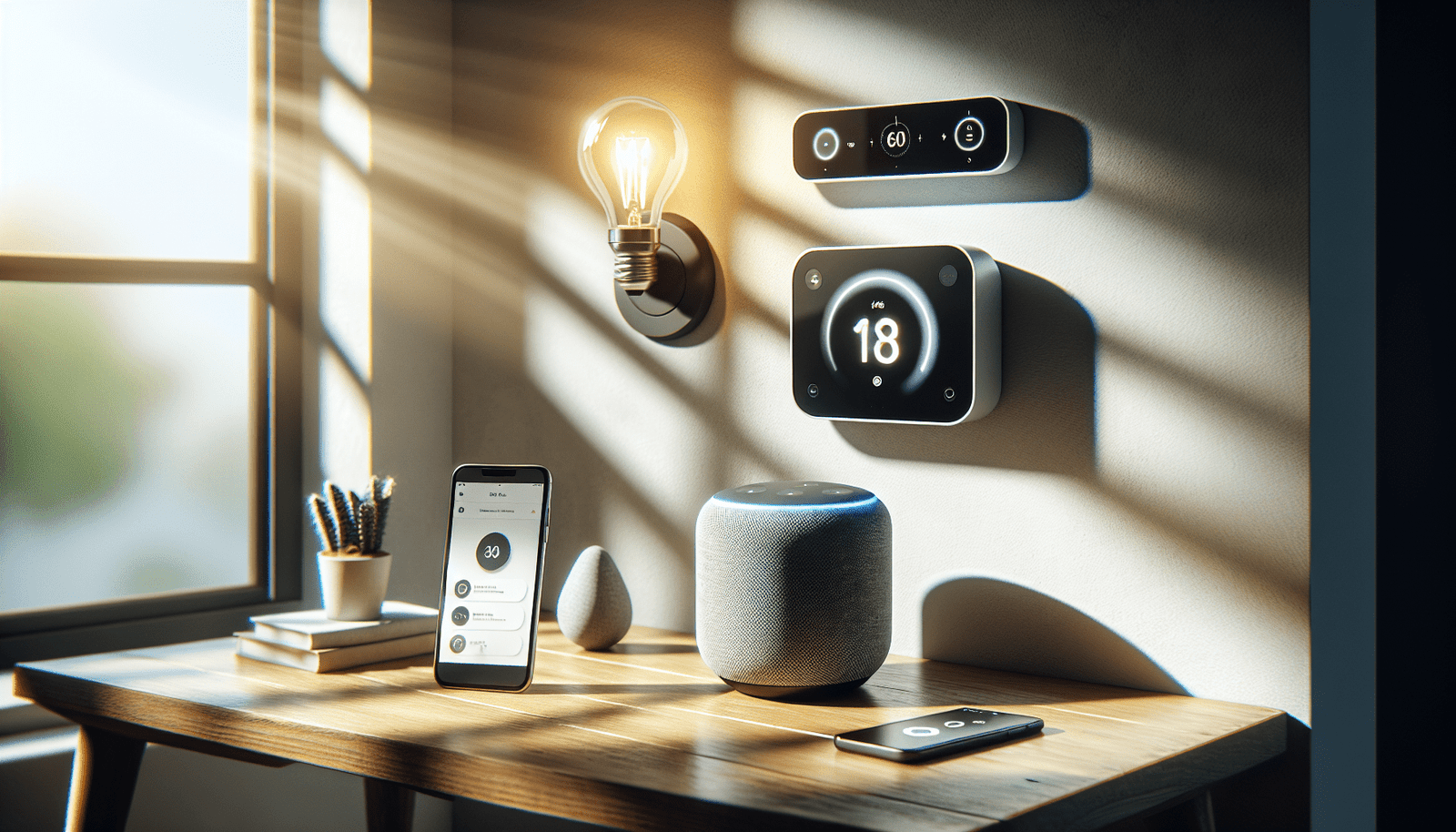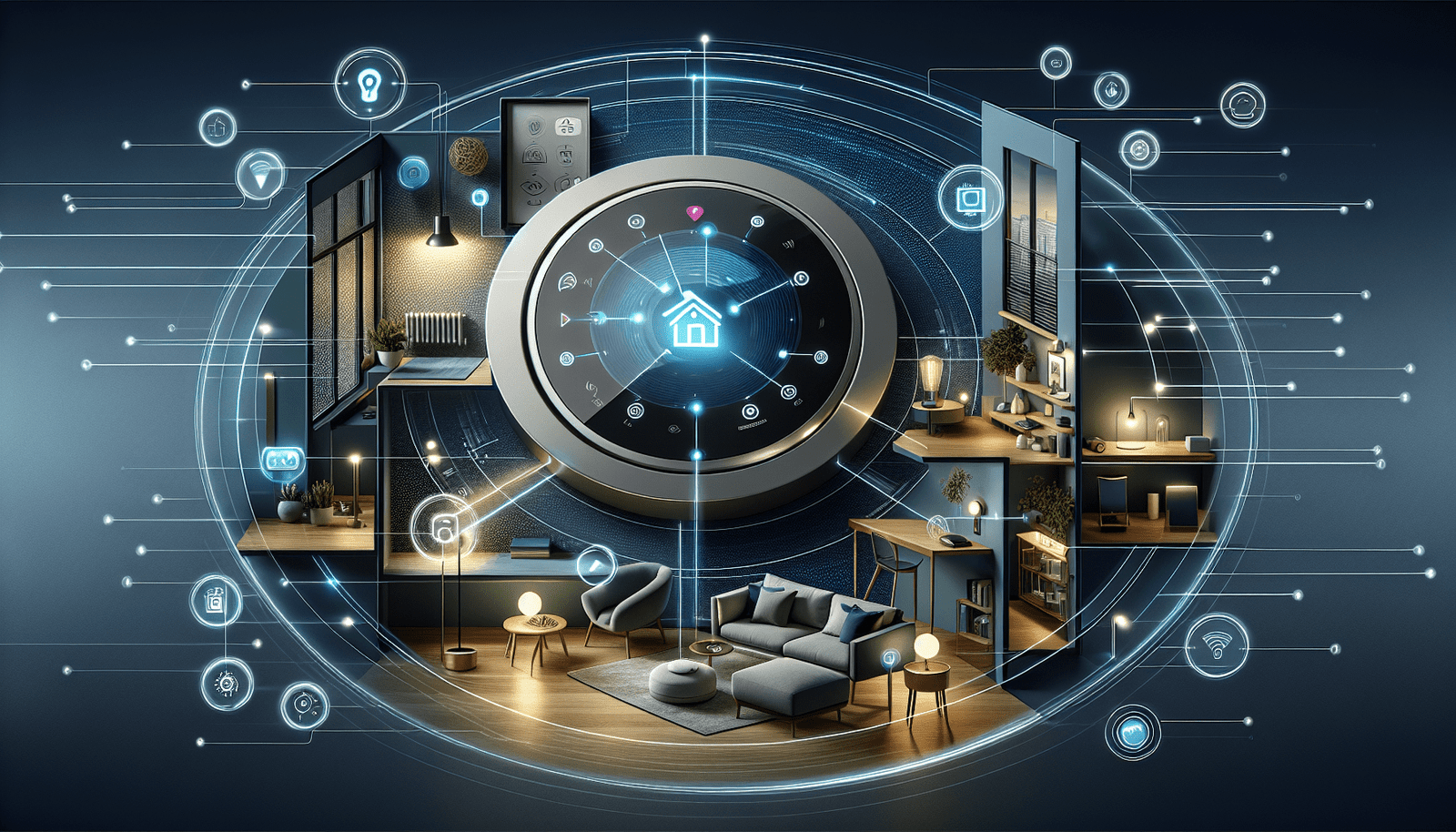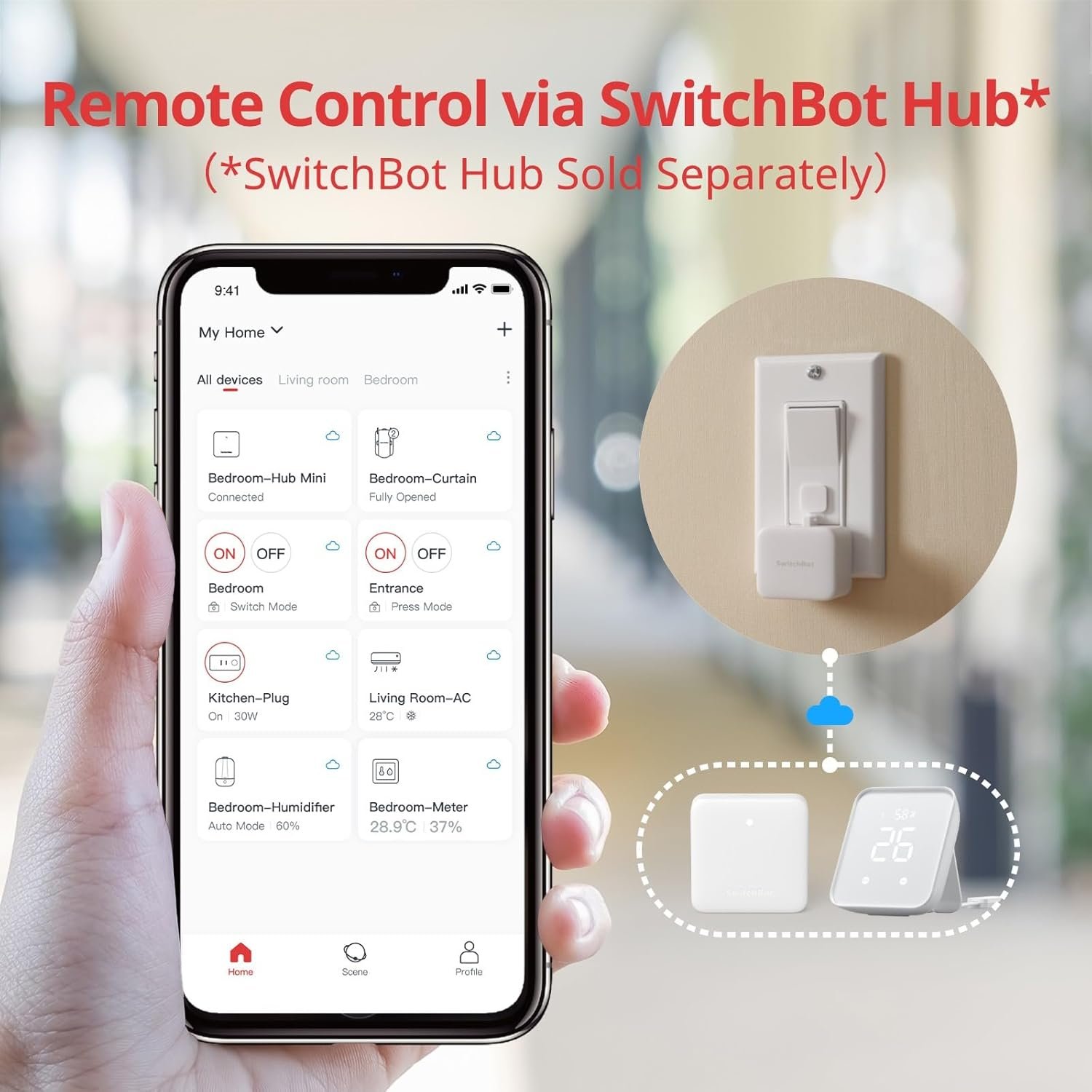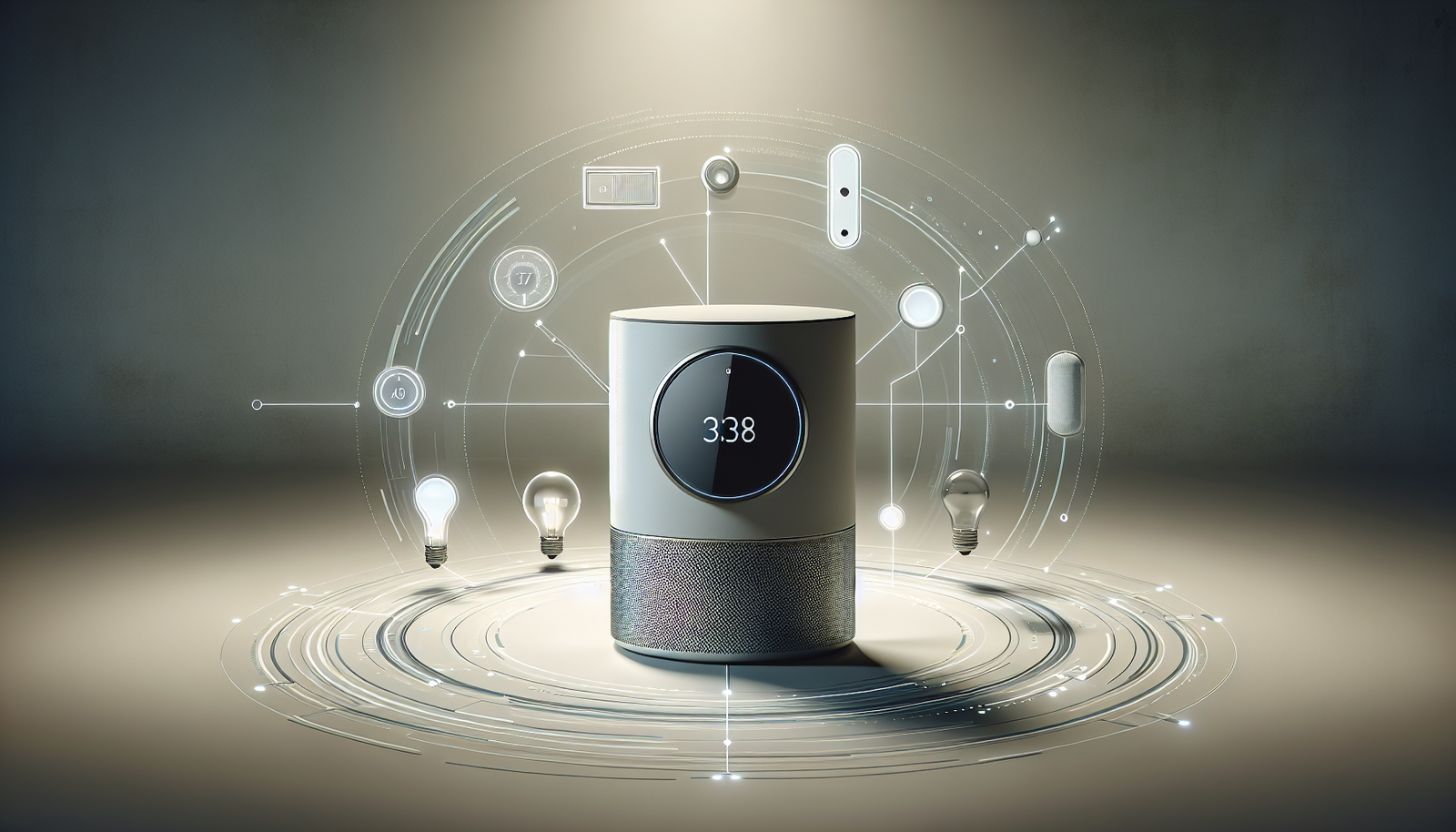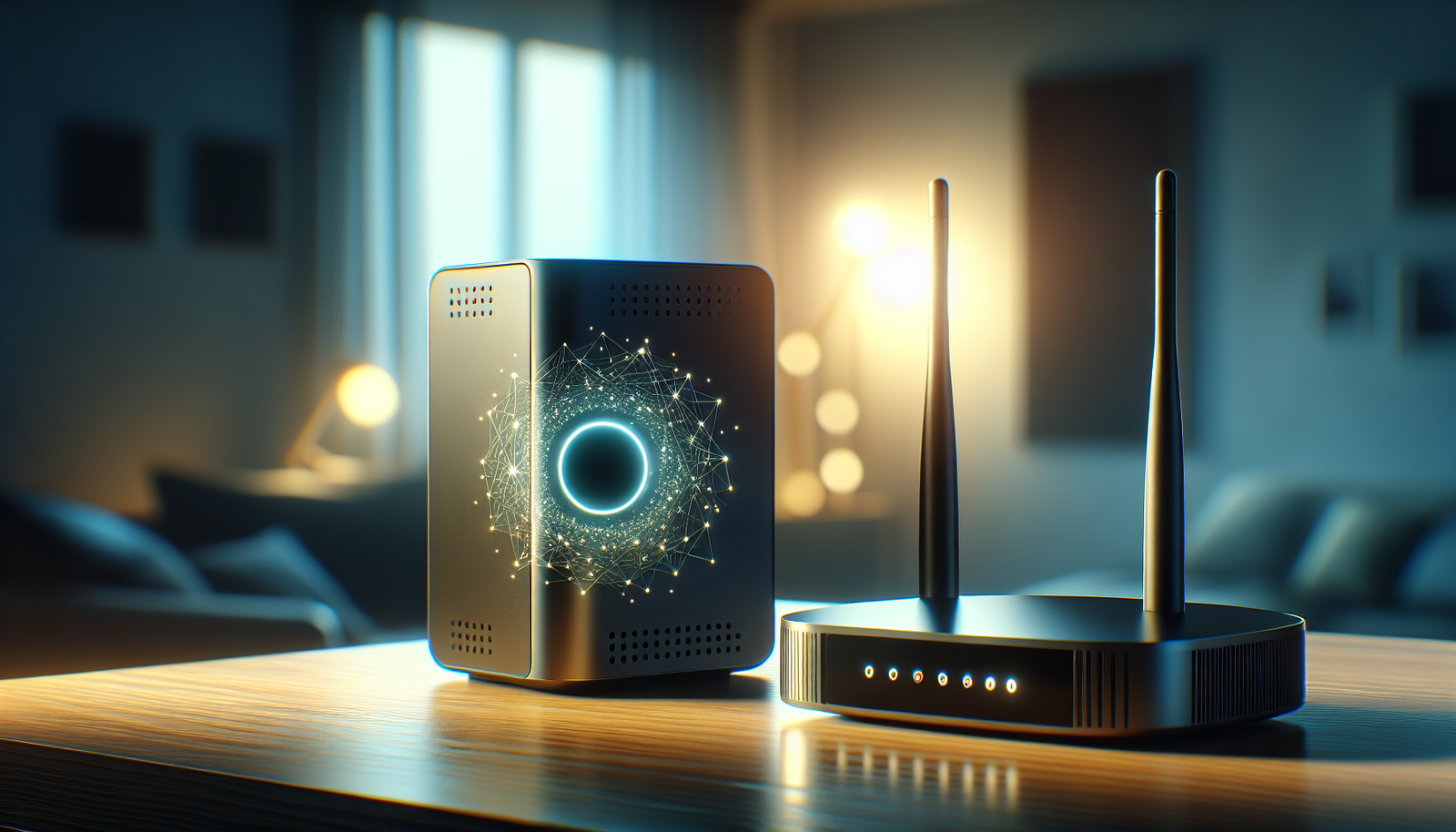What qualifies as a smart device? Have you ever wondered how these gadgets actually make our lives easier and more efficient? You’re not alone! The rise of smart home technology has transformed the way we interact with our living spaces, making tasks simpler and enhancing convenience in our daily routines. Let’s take a closer look at what smart devices are, how they function, their benefits, and everything else you should know about integrating them into your home.
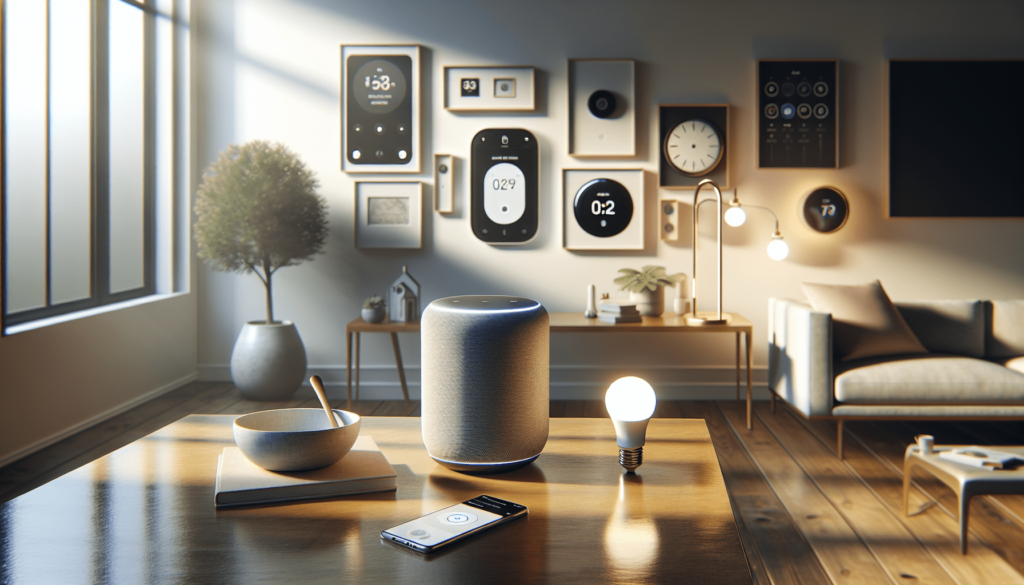
Understanding Smart Devices
At its core, a smart device is any tool or appliance that connects to the internet and can be controlled remotely. These devices often communicate with each other, forming a network that simplifies your home automation experience. Imagine being able to adjust your thermostat, turn on your lights, or check your security cameras—all from your smartphone or tablet. That’s the magic of smart home technology!
Features of Smart Devices
Smart devices come with several distinguishing features that set them apart from traditional options. Here are some key aspects to consider:
- Connectivity: Smart devices rely on Wi-Fi or Bluetooth to connect to your home network, enabling remote control and communication.
- Automation: Many devices can be programmed to operate based on specific conditions, such as time of day or occupancy. This means they can work without your intervention.
- Voice Control: With the integration of voice assistants like Amazon Alexa or Google Assistant, many smart devices can be managed through simple voice commands.
- Data Collection: Smart devices often track usage patterns and provide insights, helping you optimize performance and efficiency.
Types of Smart Devices
Smart home devices come in various forms, each designed to enhance different aspects of your living environment. Here are some common categories:
Smart Lighting
These devices allow you to control your home’s lighting remotely or through automation. You can adjust brightness levels, change colors, or set schedules to ensure your lights are only on when needed.
Smart Thermostats
By learning your heating and cooling preferences, smart thermostats can optimize energy use and maintain comfort. You can adjust the temperature from anywhere, ensuring energy efficiency without sacrificing comfort.
Smart Security Systems
Enhancing your home’s security, smart security systems include smart cameras, doorbells, locks, and alarms. They provide real-time alerts and remote monitoring, giving you peace of mind wherever you are.
Smart Appliances
From refrigerators that help you manage groceries to washing machines that you can control remotely, smart appliances make household chores easier and more efficient.
Smart Speakers and Displays
These devices act as hubs, allowing you to control other smart devices, play music, and access information through voice commands. Their versatility makes them a popular choice for many homeowners.
Smart Hub Devices
A smart hub acts as the central point for all your smart devices, allowing them to communicate with each other, regardless of brand. This can simplify your setup and enhance overall functionality.
Benefits of Smart Devices
Integrating smart devices into your home offers numerous advantages that can transform daily living. Here are some key benefits to consider:
Increased Convenience
The ability to control your home environment from your smartphone or through voice commands streamlines daily tasks, making everything from cooking to cleaning more efficient.
Enhanced Security
Smart security systems provide real-time alerts and remote monitoring, allowing you to keep a watchful eye on your property. This added layer of security can help mitigate theft and other safety concerns.
Energy Efficiency
Many smart devices are designed to optimize energy consumption, contributing to lower utility bills. For example, smart thermostats can adjust heating and cooling based on your habits, ensuring energy isn’t wasted.
Customization and Control
You can tailor smart devices to suit your unique lifestyle and preferences. Whether you want to create a relaxing atmosphere with smart lighting or schedule your coffee maker for the morning, customization is at your fingertips.
Future-Proofing Your Home
As technology continues to evolve, integrating smart devices into your home sets the stage for future enhancements. These devices can adapt to new developments in smart technology, keeping your home up-to-date.
Cost Considerations
While smart devices offer many benefits, it’s essential to consider the costs associated with acquisition, installation, and maintenance. Here’s a breakdown to help you understand the financial implications:
Initial Investment
The upfront cost for smart devices can vary widely based on the type and brand. Basic smart bulbs might range from $15 to $25, while smart thermostats can run from $100 to $250. It’s essential to research and compare options to find devices that fit your budget.
Installation Costs
For some smart devices, especially security systems and appliances, you may need professional installation. This can add another layer of expense, so it’s wise to factor this into your overall budget.
Long-Term Savings
Investing in energy-efficient smart devices can lead to long-term savings on energy bills. Research conducted by the U.S. Department of Energy suggests that homes with smart thermostats can save between 10-30% on heating and cooling costs.
Return on Investment
When considering upgrades, think about the return on investment (ROI) they’ll provide. Smart home features can increase your property’s value, making it more appealing to potential buyers if you ever decide to sell.
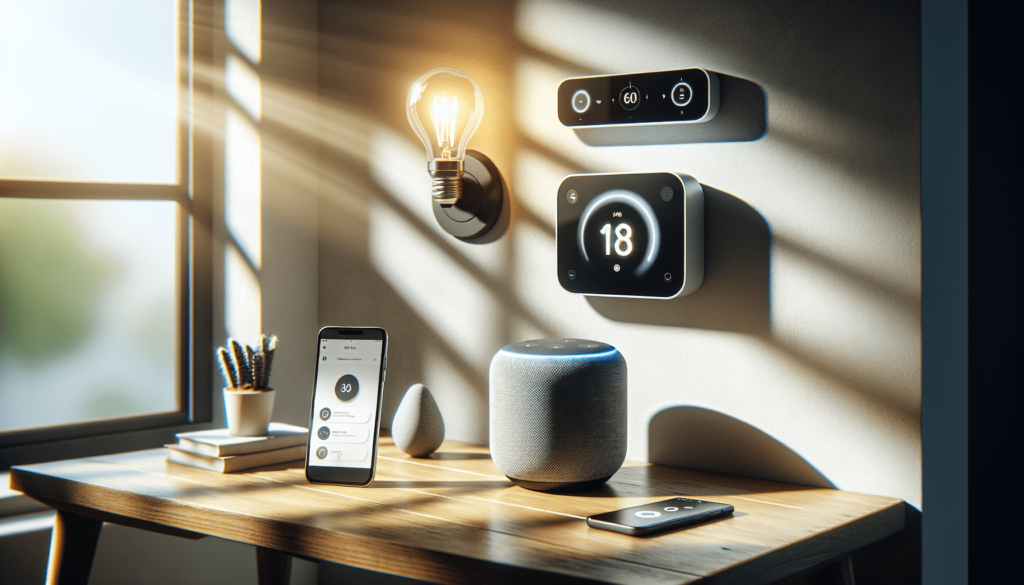
Practical Setup Guides
Setting up smart devices can seem daunting, but with a little guidance, you can turn your home into an automated paradise. Here’s a step-by-step guide to help you get started:
Step 1: Evaluate Your Needs
Consider which tasks you want to automate or enhance. Do you need better security, energy management, or improved convenience? Understanding your needs will help guide your selections.
Step 2: Select Compatible Devices
Ensure that the devices you choose can work together seamlessly. Look for products that are compatible with your existing smart home ecosystem, such as your smart hub or voice assistant.
Step 3: Follow Setup Instructions
Many smart devices come with user-friendly mobile apps that guide you through the installation process. Follow the instructions carefully, ensuring everything is correctly set up to maximize functionality.
Step 4: Test and Customize
Once your devices are installed, take the time to test them out. Customize settings based on your preferences to ensure optimal performance and convenience.
Step 5: Regular Maintenance
Keep your devices updated and maintained for the best performance. Regularly check for software updates, clear your device data, and ensure battery-operated devices have fresh batteries.
Security and Privacy Factors
When integrating smart devices into your home, it’s essential to consider security and privacy. While these devices offer many conveniences, they may also pose potential risks.
Potential Risks
Smart devices can be vulnerable to hacking if not adequately secured. Ensure you use strong, unique passwords for each device and enable any additional security features available.
Safety Features
Many smart devices come equipped with built-in safety features. For example, smart locks may provide fingerprint access, while security cameras often include motion detection that alerts you of any suspicious activity.
Best Practices for Safety
To enhance device security, consider the following practices:
- Regularly update your device software.
- Change default passwords.
- Enable two-factor authentication whenever possible.
- Use a guest network for visitors to keep your primary devices secure.
Energy Efficiency and Sustainability
Transitioning to smart devices can have a significant impact on your home’s energy consumption, contributing to sustainability efforts. Here’s how:
Reduced Energy Consumption
Smart devices are designed to optimize energy use. For instance, smart thermostats can learn your habits and adjust heating or cooling accordingly, leading to energy savings.
Automation for Efficiency
By programming devices to operate only when necessary, you can further reduce waste. Automated lighting and heating can ensure energy isn’t consumed when you’re not home.
Contribution to a Greener Future
As more homeowners adopt energy-efficient smart devices, the collective impact can contribute significantly to reducing resource consumption on a broader scale. You’ll be doing your part in fostering a sustainable living environment.
Compatibility and Connectivity
Ensuring that your smart devices can communicate effectively is key to creating a cohesive smart home environment. Here are some insights into compatibility and connectivity:
Standards and Protocols
Most smart devices follow specific communication protocols, such as Zigbee, Z-Wave, or Wi-Fi. When choosing devices, ensure compatibility with your smart hub, voice assistant, or other devices.
Integrating with Hubs
A smart hub consolidates control of various devices, allowing them to interact seamlessly. This might include lighting systems, security devices, and smart speakers, making automation smooth and efficient.
Voice Assistants
If you plan to use voice control, check device compatibility with popular voice assistants like Amazon Alexa, Google Assistant, or Apple HomeKit. This will enhance the convenience factor enormously.
Future-Proofing and Innovation
As technology rapidly evolves, being aware of upcoming smart home trends can help you make informed decisions. Here are some trends to keep an eye on:
Improved Interoperability
Future smart devices are likely to feature better interoperability, making it easier for different brands to communicate with one another. This creates a more unified smart home experience.
Enhanced Energy Management
Advancements in energy tracking may allow for smarter management of energy consumption, enabling devices to suggest optimal times for usage based on real-time data.
AI and Machine Learning
As artificial intelligence integration continues to expand, devices will likely become even more personalized and intuitive, creating a more seamless user experience.
Expanding Home Automation
As trends move toward greater home automation, you can expect even more devices to enter the market, offering creative solutions to streamline your everyday life.
Is a Smart Home Right for You?
Deciding whether to invest in smart home technology ultimately depends on your lifestyle and preferences. Here are a few questions to guide your decision-making process:
- What are your primary goals for integrating smart technology? Consider whether you prioritize convenience, security, energy savings, or a combination of these factors.
- Are you comfortable learning about new technologies? Embracing smart home technology typically requires a willingness to experiment with new gadgets and systems.
- What’s your budget? Assessing the costs involved in purchasing and installing smart devices is crucial to determine whether it aligns with your financial situation.
- Do you want long-term investment potential? If you plan to sell your home in the future, investing in smart technologies may enhance your property’s value.
Conclusion
In a world where technology continues to advance rapidly, the integration of smart devices into your home can unlock a range of possibilities. From enhancing convenience and security to promoting energy efficiency, smart devices stand to offer many advantages. As you consider your options, weigh the benefits and costs, think about your lifestyle, and remember that the possibilities with smart technology are vast. The journey to a smarter home is not only about the devices you choose; it’s about embracing a lifestyle that prioritizes efficiency, convenience, and security. Happy automating!
